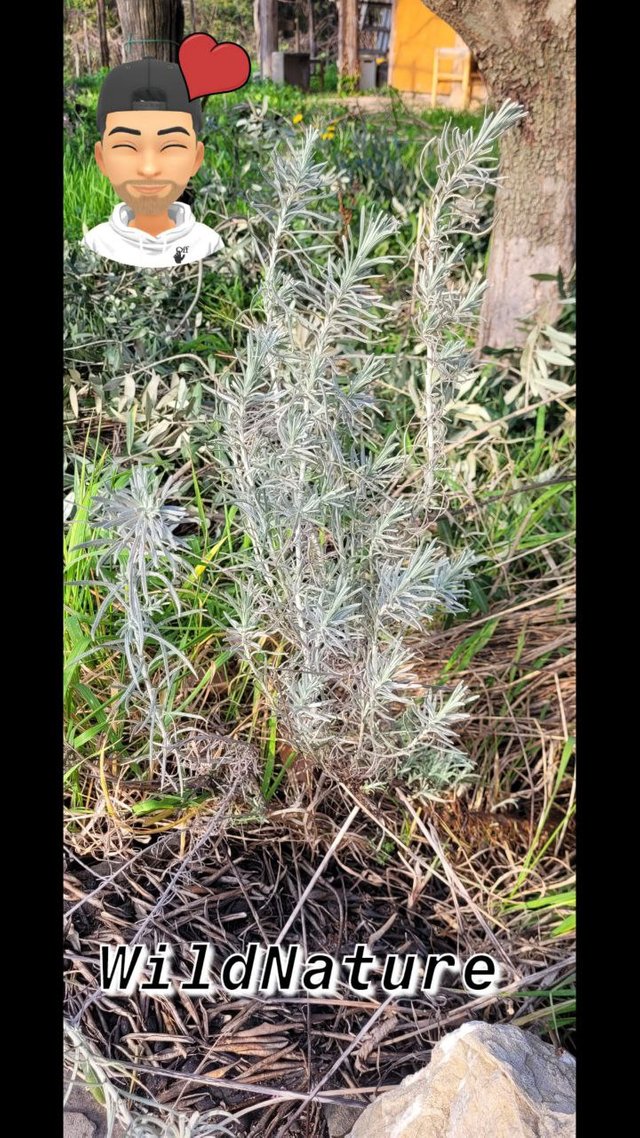Elicriso 🌼✨💛
The English version follows in the end.
Versione Italiana 🇮🇹🇮🇹🇮🇹

L'elicriso è una pianta perenne appartenente alla famiglia delle Asteraceae, conosciuta per il suo intenso profumo e le sue proprietà aromatiche e medicinali. Originaria delle regioni mediterranee, cresce spontaneamente su terreni aridi, sabbiosi o rocciosi, spesso vicino alla costa, dove forma cespuglietti che resistono a condizioni climatiche difficili come siccità e vento salmastro.
La pianta si presenta con un portamento compatto e cespuglioso. I fusti sono sottili e legnosi alla base, mentre le foglie, lineari e di colore grigio-verde, sono ricoperte da una leggera peluria che conferisce alla pianta il suo caratteristico aspetto argenteo. Se strofinate, le foglie emanano un intenso aroma che ricorda quello del curry, motivo per cui l’elicriso è talvolta chiamato anche “pianta del curry”, nonostante non sia legato alla spezia.
La fioritura dell'elicriso avviene in piena estate, da giugno ad agosto. I fiori sono piccoli, gialli, e formano infiorescenze a grappolo a forma di ombrello. Questi fiori sono noti per la loro straordinaria capacità di mantenere il colore anche una volta essiccati, motivo per cui la pianta viene spesso utilizzata nelle composizioni floreali secche. Il nome “elicriso” deriva infatti dal greco helios (sole) e chrysos (oro), in riferimento al colore dorato dei suoi fiori.
Dal punto di vista fitoterapico, l'elicriso è apprezzato fin dall'antichità per le sue proprietà antinfiammatorie, antibatteriche e decongestionanti. Viene utilizzato sotto forma di oli essenziali, infusi o creme per trattare disturbi della pelle, come eczema e psoriasi, e per alleviare i sintomi delle allergie respiratorie. Grazie al suo effetto lenitivo, è impiegato anche in prodotti cosmetici per pelli sensibili e arrossate.
L'elicriso è una pianta che ama il sole e necessita di esposizioni calde e luminose per crescere al meglio. Predilige terreni ben drenati, poveri e sabbiosi, ed è estremamente resistente alla siccità. Non tollera i ristagni d'acqua.
E voi, avete mai coltivato l'elicriso nel vostro giardino o usato questa pianta per le sue proprietà medicinali? Condividete le vostre esperienze nei commenti e lasciate un "like" se apprezzate questa meravigliosa pianta mediterranea! 👍🌿🌼✨
(Foto scattata da me) 📸
English version 🇬🇧🇬🇧🇬🇧

The Helichrysum is a perennial plant belonging to the Asteraceae family, known for its intense fragrance and its aromatic and medicinal properties. Native to Mediterranean regions, it grows spontaneously on arid, sandy, or rocky soils, often near the coast, where it forms small bushes that withstand challenging climatic conditions such as drought and salty winds.
The plant has a compact, bushy growth habit. The stems are thin and woody at the base, while the leaves, linear and gray-green in color, are covered with fine hairs, giving the plant its characteristic silvery appearance. When rubbed, the leaves release a strong aroma reminiscent of curry, which is why Helichrysum is sometimes referred to as the “curry plant,” though it is not related to the spice.
Helichrysum blooms in the height of summer, from June to August. The flowers are small and yellow, forming umbrella-shaped clusters. These flowers are known for their remarkable ability to retain their color even when dried, making the plant popular for dried flower arrangements. The name “Helichrysum” comes from the Greek helios (sun) and chrysos (gold), referring to the golden color of its flowers.
From a phytotherapeutic perspective, Helichrysum has been valued since ancient times for its anti-inflammatory, antibacterial, and decongestant properties. It is used in the form of essential oils, infusions, or creams to treat skin conditions like eczema and psoriasis and to alleviate respiratory allergy symptoms. Due to its soothing effects, it is also used in cosmetic products for sensitive and irritated skin.
Helichrysum loves the sun and requires warm, bright exposures to thrive. It prefers well-drained, poor, and sandy soils and is extremely drought-resistant. It does not tolerate waterlogging.
Have you ever grown Helichrysum in your garden or used this plant for its medicinal properties? Share your experiences in the comments and leave a "like" if you appreciate this wonderful Mediterranean plant! 👍🌿🌼✨
(Photo taken by me) 📸